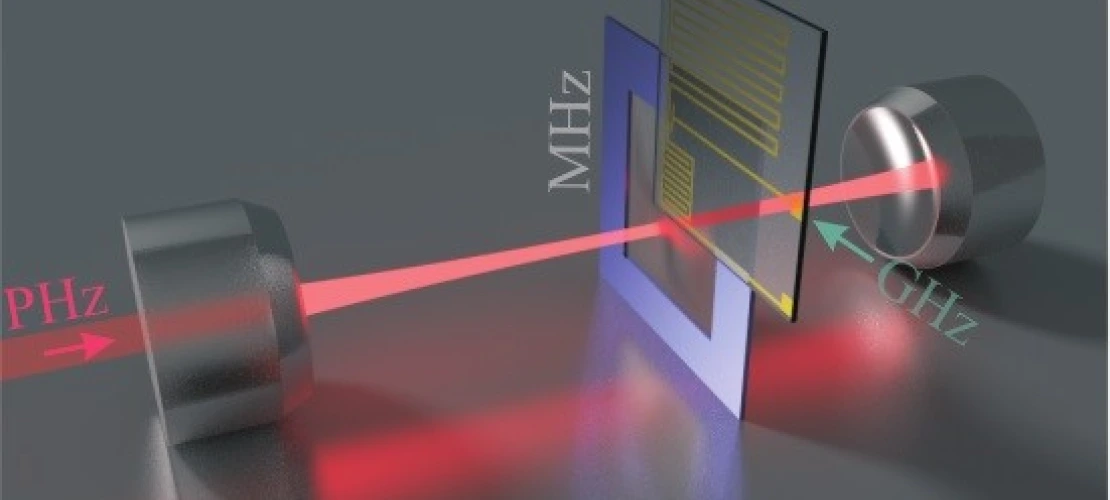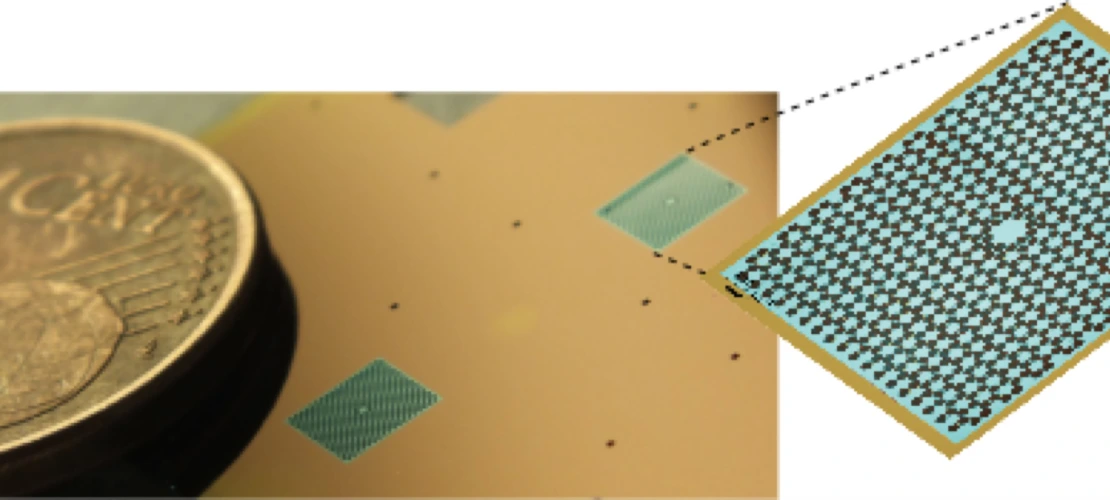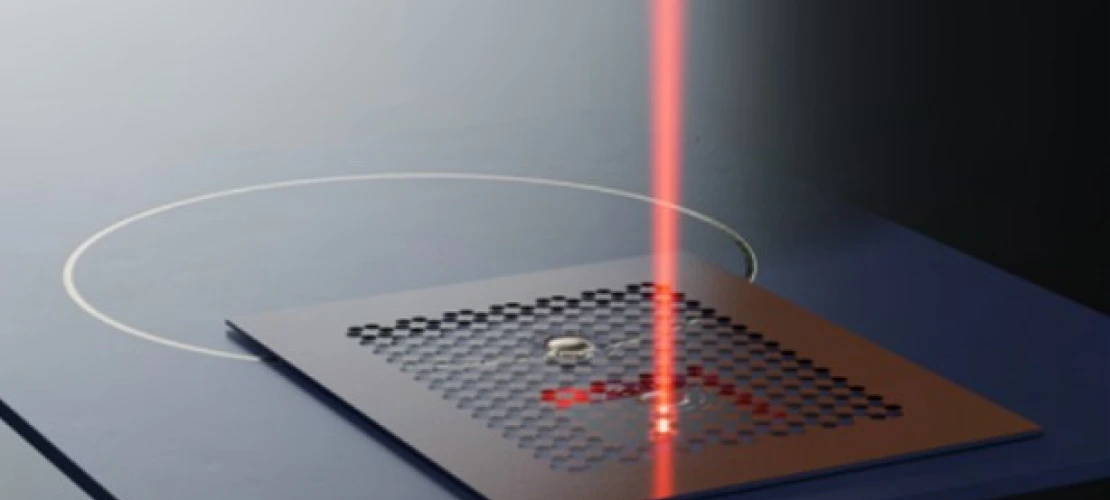A mechanics-based microwave to optical quantum link
PIs:
- Samuel Deléglise,Laboratoire Kastler Brossel, Sorbonne Université, CNRS, Paris, France
- Thibaut Jacqmin, Laboratoire Kastler Brossel, Sorbonne Université, CNRS, Paris, France
- Dalziel J. Wilson, Wyant College of Optical Sciences, UArizona
A coherent interface between microwave and optical photons is thought to be an essential first generation quantum technology, allowing information from a superconducting quantum computer to be communicated over a photonics-based quantum network. Developing such a technology is challenging, however, as it requires advanced techniques from at least three engineering disciplines—superconducting microwave electronics, quantum photonics, and a third discipline governing the microwave-to-optical transduction element. However, first generation quantum computers are being developed based on superconducting microwave circuits, which must be operated in dilution refrigerator temperatures to eliminate thermal decoherence. As such, a major challenge towards development of a quantum internet is to realize an interface between microwave and optical photons. Mechanical resonators have emerged as a leading candidate for quantum coherent microwave optical transduction and as such this project will join scientists from CNRS and University of Arizona (UA) to explore a microwave-to-optical quantum link based on a mechanical transducer, leveraging expertise by the co-PIs in the field of cavity optomechanics, advances at CNRS in the domain of superconducting microwave devices, and strong synergies with the new Quantum Networks ERC at UA.
This highly compatible team will address the above mentioned challenge by developing a high efficiency platform for microwave-optical quantum transduction based on co-integration of optical and microwave cavities with a silicon nitride membrane resonator. Specifically, to develop a compact, monolithically integrated platform enabling robust operation in a dilution refrigerator.
This project builds on strong synergies between the UArizona Quantum Optomechanics Lab (QOM) and the CNRS Optomechanics and Quantum Measurements (OMQ) groups and seeks to maximize the transfer of knowledge and technologies among the two groups. Graduate students benefit directly from this collaboration by having visits to exchange knowledge and build long lasting relationships/collaborations. Future collaboration will be supported by the newly funded Center for Quantum Networks (CQN) at the University of Arizona, hosted by the Wyant College of Optical Sciences with partners from Harvard University, the Massachusetts Institute of Technology and Yale University. Infrastructure at the CQN includes a fiber optical quantum network distributed across the UA campus (including to PI Wilson’s lab), which provides sources of both single photon and continuous variable entangled light. The ability to entangle optical and microwave photons, envisioned as the first major scientific outcome of the CNRS-UA collaboration, would form the backbone for a demonstration of remote microwave-microwave entanglement in such a network, an exciting primitive for linking superconducting quantum computers in a quantum internet.





